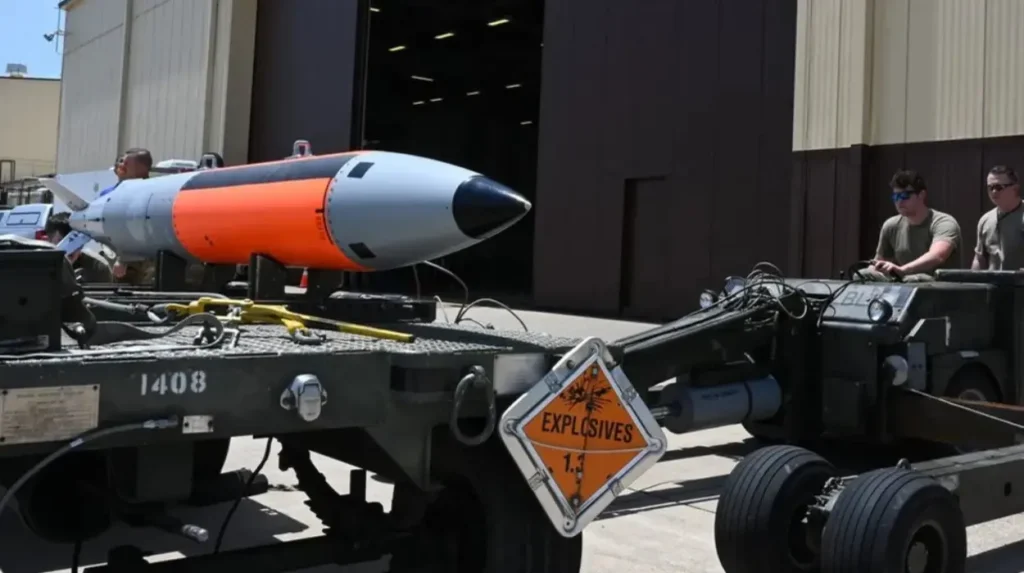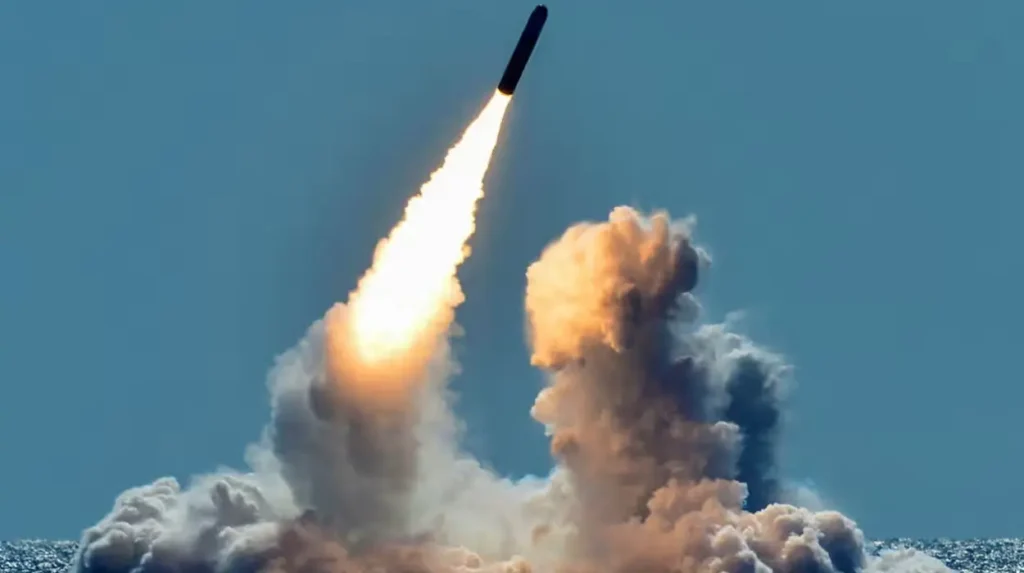The prospect of nuclear warfare is one of the most compelling security dilemmas of the current era. For the United Kingdom, that raises an obvious question: can the country defend itself against a catastrophe of this nature? While no country can claim to be entirely safe from the fallout of a nuclear attack, the UK continues to support a comprehensive suite of strategic deterrence, advanced defense, allied countries, and crisis response preparations to mitigate risk. This article considers the capabilities of the UK’s nuclear defense and the strategies designed to protect it.
Understanding the Nature of Nuclear Threat
The nature of the nuclear threat is dictated by the world of statecraft, available technologies, and the military strategies pursued by other countries. Nations like Russia, China, and North Korea have nuclear weapon capabilities that could potentially reach the UK (directly or indirectly). An important component of the defense of the United Kingdom is taking an interest in these actual or possible adversaries.
A strike using a nuclear weapon could be catastrophic, with a strike potentially killing people, causing huge civilian casualties, long-term debilitating environmental damage, and economic and societal consequences. As such, the UK has developed a Progressive Future Strategy to deter a nuclear strike and, if this should happen, to help defend the nation and assist with national survival and recovery.

Defence Capabilities
It includes the following steps:
1. Continuous At-Sea Deterrent (CASD)
The Continuous At-Sea Deterrent (CASD) makes sure that there is a UK nuclear submarine with Trident missiles somewhere patrolling outside the territorial waters of other states, and never more than a few minutes away. The continuous presence of largely invisible submarines as deterrents allows the UK to counter and respond to a nuclear attack. The unnatural environment and the stealth nature of submarines make them extremely difficult to locate and neutralise.
2. Trident Missile System
The Trident II D5 missile system forms the basis for the UK nuclear deterrent. The missiles are considered to be highly accurate and are capable of hitting multiple targets over long distances. The capability offered by the Trident system and its reliability and accuracy underpin the UK nuclear deterrent overall.
3. Advanced Early Warning Systems
The UK has radar components, the use of military or allied satellites, and associated networks of highly classified data to detect if a state is in the process of launching a nuclear strike via missile or aircraft. They allow states and military personnel critical minutes to react by engaging counteraction and launching emergency action protocols to save lives. Upgrades to relevant technology and encouraging modernization of elements of the UK defense engineering have meant that the response time to detection and opportunities for engagement have improved.
4. NATO Collective Defense Support
As a member of NATO, the UK has access to collective defense resources, and the location and tracking of missile systems would be part of the resources available to NATO member states or used for intelligence sharing. NATO is a necessary international military organization to help with NATO’s collective defense agreements and, combined with accurate tracking and nuclear detection capability, could assist the UK if an adversary targeted the UK directly or an ally’s territory indirectly.
5. Cybersecurity for Nuclear Operations
The protection of command, control, and communications systems is fundamental to nuclear deterrence. The UK has sophisticated cybersecurity systems in place to limit the potential ramifications of cyberattacks in regard to nuclear response or detection systems.
Strategic Measures
The UK’s strategic measures seek to prevent a nuclear attack by deterrence, preparation, and coordination with others around the world.
1. Deterrence Via Credible Threat
The UK’s nuclear policy is one of deterrence via credible threat, designed to communicate to potential aggressors that any attack will lead to a devastating counterstrike. This credible threat increases the likelihood that potential aggressors will reconsider acting aggressively since the cost/benefit of risk is clearly tilted against hostile action.
2. Strategic Partnerships and Intelligence Sharing
Working alongside allies such as the US and NATO members ties the UK into a network of intelligence across the globe. This allows the UK to receive assessments of potential nuclear threats, allowing it to preemptively respond to the threat before it is acted upon.
3. Regular Military Exercises and Simulation
The UK carries out regular exercises simulating nuclear response scenarios. The frequency of these tests is designed to ensure personnel are prepared to respond to nuclear attack scenarios quickly and effectively without relying solely on testing provided by the operational space offered by the defense procured by deterrent capabilities.
4. Modernization of Nuclear Assets
The UK’s submarines, missiles, and detection systems continue to be upgraded with enhanced tech, capabilities, and operational range. The original program for modernization of the submarine delivery system was planned as an enhancement and replacement of the existing class of submarine, and it continues to keep the deterrent fieldable and manageable into the future.
5. Crisis Response and Continuity Planning
Strategic measures also include in-depth plans for crisis management that protect leadership, keep communications pathways open, and coordinate defense efforts. These plans protect the integrity of decision-making and the capability to respond, even if a nuclear strike were to occur.

Diplomatic and non-military measures
The U.K. is also an active participant in global treaties, including the Non-Proliferation Treaty (NPT), which focuses on preventing the spread of nuclear weapons and disarmament. Diplomacy removes preconditions and reduces the potential for nuclear conflict by addressing root problems.
Keeping effective communication lines open (the U.K.’s ‘phone’) with nuclear weapon states is a perfect way to manage and prevent misunderstandings of potential nuclear confrontation. The U.K. uses negotiations with both and multilateral communication platforms to engage with nuclear-armed states.
Technological Advancements in Nuclear Defence
Modern defense also requires reliance on modern technology, specifically satellites, to monitor missile launches worldwide. The UK’s closest allies (the US, Australia, and Canada) work with the UK space agency for the fastest detection and tracking systems used to verify nuclear missile alerts.
Ensuring the UK has protection for its nuclear command and control systems against cyber threats is a government priority at the national level. Advanced cybersecurity measures have been developed to ensure that security and functionality for both offensive and defensive nuclear assets remain intact in a national crisis.

Challenges in Nuclear Defence
Two main challenges in nuclear defense are given below:
- Limits of Detection and Interception Technologies: Given the best detection and interception systems, a mid-flight nuclear missile strike is virtually impossible to stop. The speed, range, and countermeasures of nuclear-armed missiles will not make interceptions highly likely.
- The Balancing Act – Deterrence and Disarmament: Deterrence is very important for national security, but there is always competing pressure for nuclear disarmament. The U.K. will need to manage these competing positions in order to maintain its security while also generating support for global non-proliferation.


